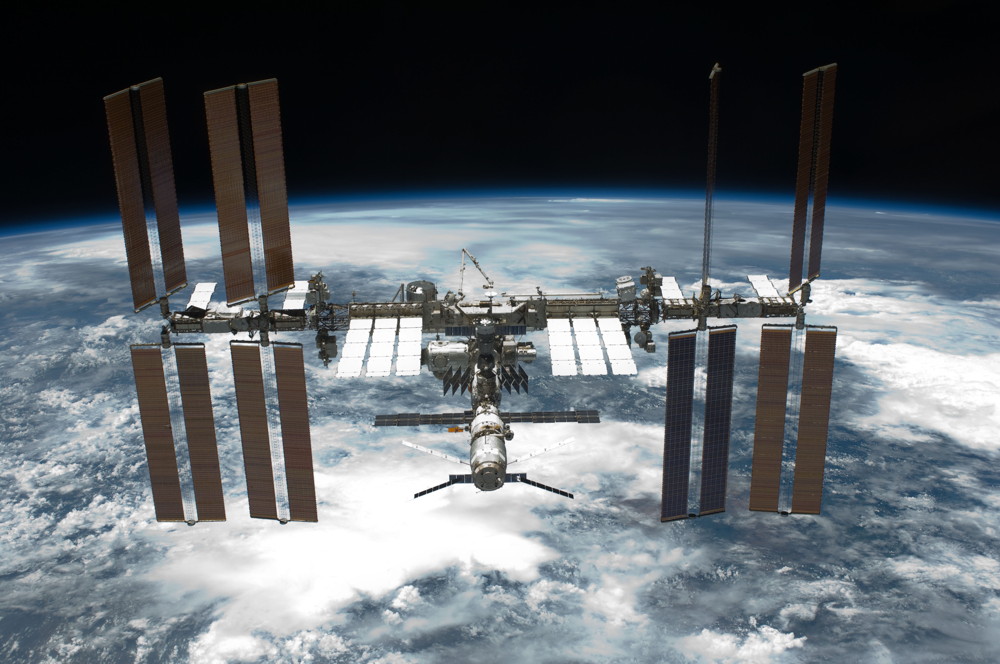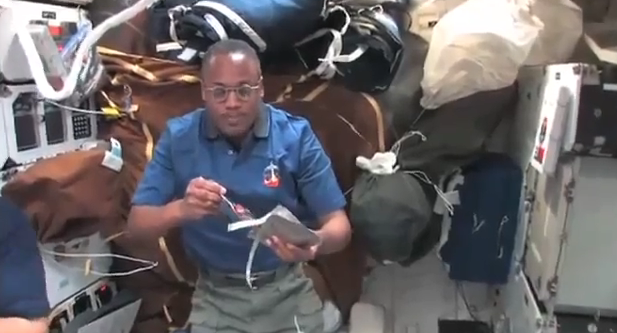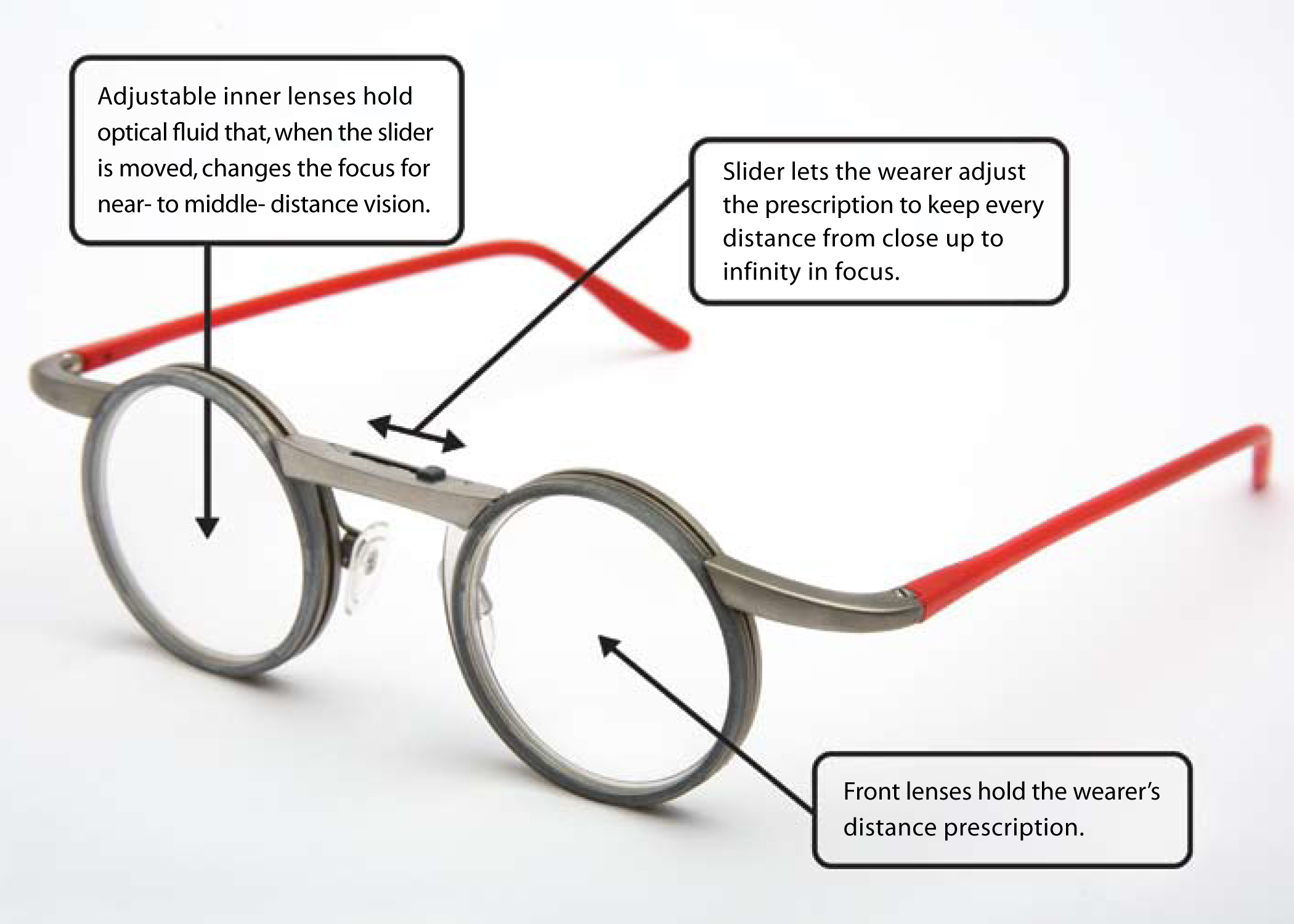Long Space Missions Can Give Astronauts Blurry Vision, Study Finds

Sending astronauts on long space missions can affect how they see once they return to Earth, a new study reveals.
In the study, scientists studied the effects of long-duration missions on the eyesight of seven astronauts and found that some problems, including blurry vision, can continue long after the spaceflyers land back on Earth. The findings could affect how future long space voyages, such as to trips an asteroid or Mars, may be planned, researchers said.
The astronauts participating in the study were all around the age of 50 and spent at least six continuous months in space during missions to the International Space Station. They reported that their vision became blurry while they were living and working on the orbiting laboratory.
While the severity of the blurry vision varied from astronaut to astronaut, they all described experiencing the change around six weeks into their mission. Some astronauts even reported that the vision issues lasted for months after their return to Earth, researchers said.
"In astronauts over age 40, like non-astronauts of the same age, the eye's lens may have lost some of its ability to change focus," one of the study's ophthalmologists Thomas Mader, of the Alaska Native Medical Center in Anchorage.
The abnormalities found in the astronauts' vision appear to be unrelated to launch and re-entry, the researchers said, because the changes only occurred in astronauts who had spent at least six months or more in the microgravity environment.
Get the Space.com Newsletter
Breaking space news, the latest updates on rocket launches, skywatching events and more!

Vision changes in space
The new study of eyesight changes in space are detailed in the October issue of Ophthalmology, the journal of the American Academy of Ophthalmology.
The research team detected several abnormalities with the astronauts' vision, including changes in the tissues, fluids and nerves of the eye and flattening of the back of the eyeball. [Top 10 Mysterious Diseases]
According to the research team, these issues could be caused by increased pressure inside the head — what is known as intracranial pressure — but none of the astronauts reported symptoms that are usually associated with the condition, such as chronic headaches, double vision or ringing in the ears.
As a result, researchers suspected that other factors, such as abnormal flow of spinal fluid around the eye's optic nerve, changes in blood flow in the tissues behind the retina, or changes related to the low pressure felt within the eye in microgravity, may be involved. The ophthalmologists think these changes may be triggered by the fluids that shift toward the head when astronauts spend long periods of time in the near weightless environment of space.
But, since the astronauts experienced varying degrees of blurred vision and different responses, the changes could also represent how the body adapts to microgravity, they added.
The study team hopes to identify whether some astronauts are less affected by living in microgravity, which would make them better suited for long-duration spaceflights, such as the three-year trip needed to journey to Mars and back.

Astronaut surveys
The researchers also made note of a recent NASA survey of 300 astronauts. In that study, near and distance vision problems were reported by about 23 percent of astronauts on brief missions, and by 48 percent of crewmembers that flew on long-duration flights.
"In the space program's early days most astronauts were younger, military test-pilots who had excellent vision. Today's astronauts tend to be in their 40s or older," Mader said. "This may be one reason we've seen an uptick in vision problems. Also, we suspect many of the younger astronauts were more likely to 'tough out' any problems they experienced, rather than reporting them."
The survey also confirmed that, for some astronauts, these vision changes persisted for months or years after they returned to Earth.
The effect of spaceflight on near vision has been recognized for decades, the researchers said, and special eyeglasses to improve visual sharpness have been provided on spacecraft.
All astronauts receive comprehensive eye exams and vision testing as part of ongoing research on the medical repercussions of spaceflight. Tests include pre- and post-flight magnetic resonance imaging, optical tests that magnify cross-section views of parts of the eye, and special photography that records images of the retina and back of the eyeball.
Follow SPACE.com for the latest in space science and exploration news on Twitter @Spacedotcom and on Facebook.
Join our Space Forums to keep talking space on the latest missions, night sky and more! And if you have a news tip, correction or comment, let us know at: community@space.com.

Space.com is the premier source of space exploration, innovation and astronomy news, chronicling (and celebrating) humanity's ongoing expansion across the final frontier. Originally founded in 1999, Space.com is, and always has been, the passion of writers and editors who are space fans and also trained journalists. Our current news team consists of Editor-in-Chief Tariq Malik; Editor Hanneke Weitering, Senior Space Writer Mike Wall; Senior Writer Meghan Bartels; Senior Writer Chelsea Gohd, Senior Writer Tereza Pultarova and Staff Writer Alexander Cox, focusing on e-commerce. Senior Producer Steve Spaleta oversees our space videos, with Diana Whitcroft as our Social Media Editor.










